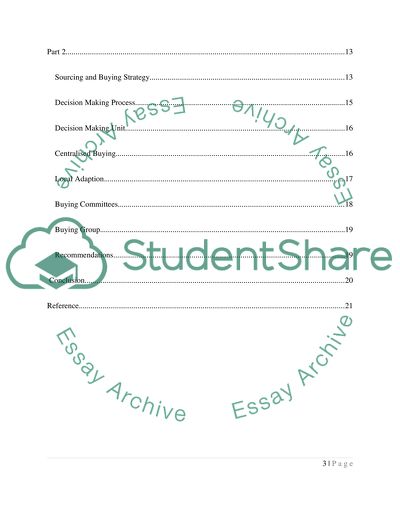Cite this document
(“Bata Shoes (Retailing Industry) Essay Example | Topics and Well Written Essays - 5000 words”, n.d.)
Bata Shoes (Retailing Industry) Essay Example | Topics and Well Written Essays - 5000 words. Retrieved from https://studentshare.org/miscellaneous/1567254-bata-shoes-retailing-industry
Bata Shoes (Retailing Industry) Essay Example | Topics and Well Written Essays - 5000 words. Retrieved from https://studentshare.org/miscellaneous/1567254-bata-shoes-retailing-industry
(Bata Shoes (Retailing Industry) Essay Example | Topics and Well Written Essays - 5000 Words)
Bata Shoes (Retailing Industry) Essay Example | Topics and Well Written Essays - 5000 Words. https://studentshare.org/miscellaneous/1567254-bata-shoes-retailing-industry.
Bata Shoes (Retailing Industry) Essay Example | Topics and Well Written Essays - 5000 Words. https://studentshare.org/miscellaneous/1567254-bata-shoes-retailing-industry.
“Bata Shoes (Retailing Industry) Essay Example | Topics and Well Written Essays - 5000 Words”, n.d. https://studentshare.org/miscellaneous/1567254-bata-shoes-retailing-industry.


